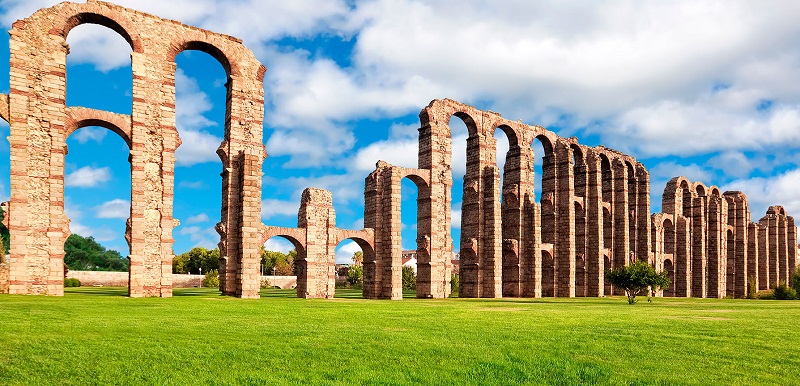
The aqueduct of Los Milagros de Mérida is a granite and brick conduction along a route of more than 10 km from the Proserpina reservoir to the magnificent Augusta Emerita.
Today, some 800 meters are preserved over the valley of the Albarregas stream to the delight of the spectator.
Below you will discover a little of its history and you will be surprised by its most interesting facts.
Video tour of the Los Milagros aqueduct
In this video you will be able to tour the Los Milagros de Mérida aqueduct while listening to some of its most interesting facts:
12 curious facts about the Los Milagros aqueduct
We discover the most interesting facts about the Los Milagros aqueduct so that you can really enjoy it when you visit it:
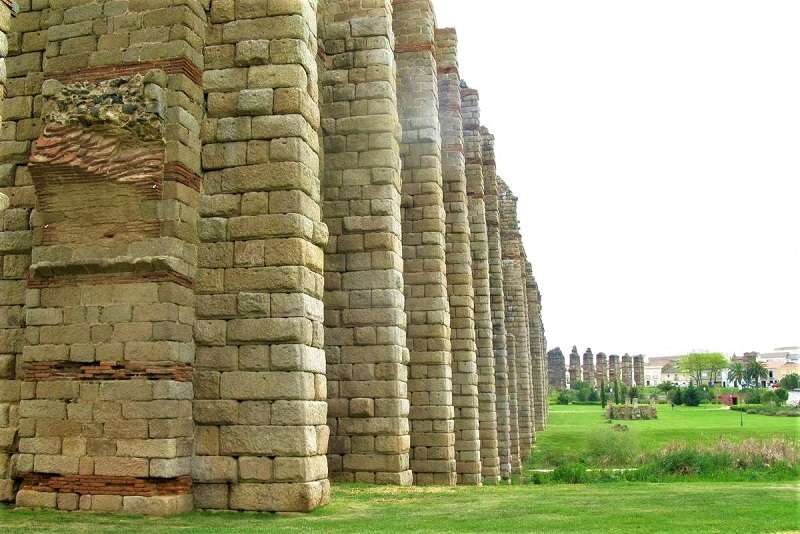
- The Los Milagros aqueduct is part of the archaeological complex of Mérida, declared a World Heritage Site by UNESCO in 1993.
- It is believed to have been built in the 1st century, although it is not known with certainty. In fact, there is a controversial study by the Autonomous University of Madrid that maintains that it was built in the 4th or 5th century, so it would be a Visigothic building. This study was rejected by the mayor of Mérida.
- The water was collected from the Roman Proserpina reservoir through a gallery buried several meters under the ground. The water circulated through the gallery with the force of gravity thanks to the engineering work that calculated the height of the aqueduct according to the slopes and unevenness of the terrain.
- Almost certainly, the Proserpina – Los Milagros system was the one built later for the water supply of Emertia Augusta (estimated to have half a million inhabitants). The other two aqueducts were the Cornalvo and San Lázaro – Rabo de Buey aqueducts.
- Today, 800 meters in length of the aqueduct and a total of 73 pillars are preserved.
- The arches are made of brick, except for the one that saves the riverbed, which is made of granite.
- The aqueduct of Los Milagros is so called because of the fascination that its preservation provoked both to inhabitants and outsiders of the city. And it is a miracle that the pillars have been preserved like this over time.
- Just where the Albarregas stream flows, a beautiful granite ashlar arch stands out in the aqueduct. It is the best known arch.
- To purify the water, the so-called limaria pool was used, which also served as a fountain.
- In the surroundings of the aqueduct of Los Milagros there is a wide green esplanade where you can do outdoor activities, take a walk along its paths or sit on one of its benches to contemplate the landscape.
- The combination of its materials, as well as its construction system, were imitated by the Hispano-Muslim architects in the Mosque of Cordoba.
- If you look closely, at the top of the arches and pillars you will see nests of storks, which made their home there so that no one “touches their eggs”.
Frequently Asked Questions
No, the aqueduct is open to the public and you can visit it for free.
You can visit the Los Milagros aqueduct all day and night.
Of course! Check out the best guided tours in Merida.
The address of Acueducto de Los Milagros is Av. Vía de la Plata, S/N, 06800 Mérida, Badajoz. You can see the location on the map here.
More of Merida’s historical heritage
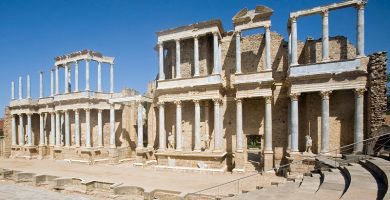
Roman Theater of Merida
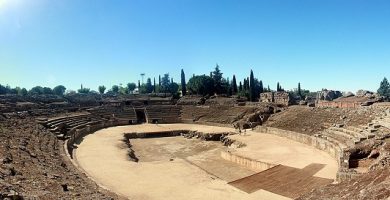
Mérida Roman Amphitheater
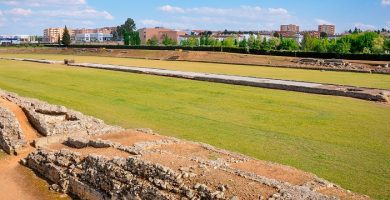
Roman Circus of Merida
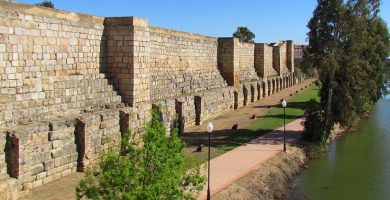
Moorish Alcazaba of Merida
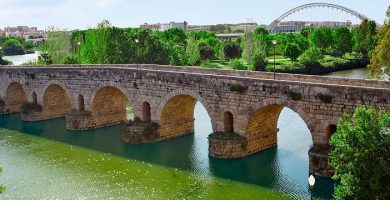
Roman Bridge of Merida over the Guadiana river
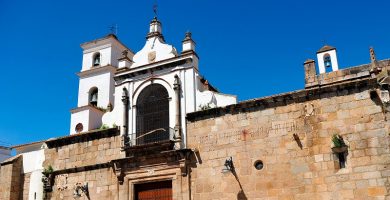
Co-cathedral of Santa María la Mayor of Mérida
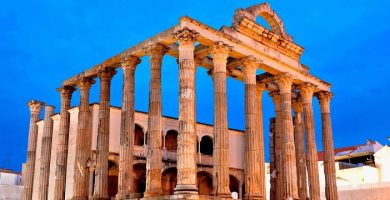
Roman Temple of Diana in Mérida
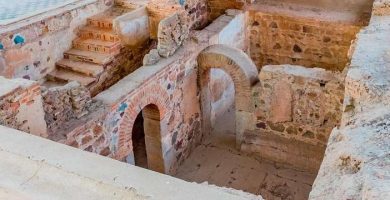
Casa del Mitreo House in Mérida
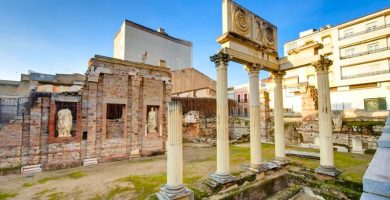
Portico of Merida’s Municipal Forum
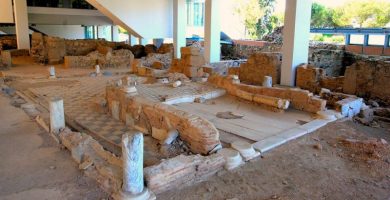
Morería de Mérida Archaeological Site

Plaza de España in Mérida
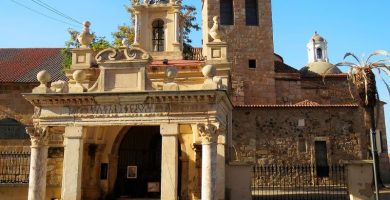
Basilica of Santa Eulalia in Mérida
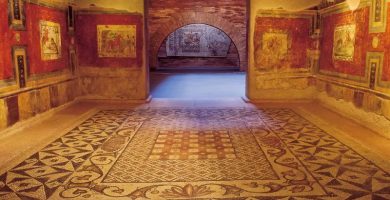
National Museum of Roman Art of Mérida
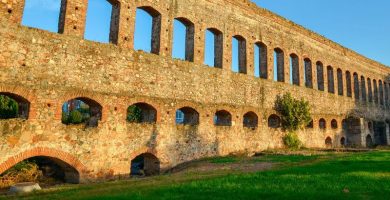
San Lázaro Aqueduct in Mérida
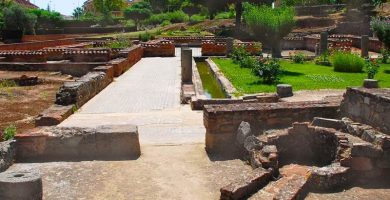
Merida Amphitheater House
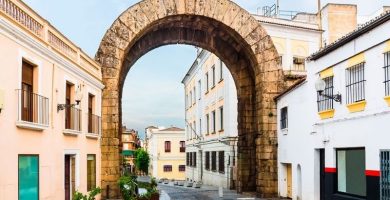
Trajan’s Arch of Mérida
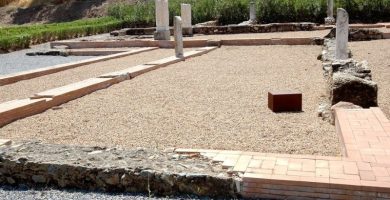
Mérida’s Xenodoquium
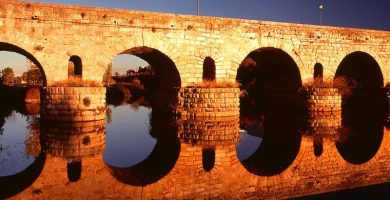
Roman Bridge over the Albarregas
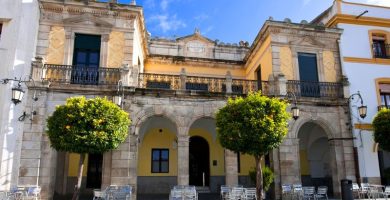
Círculo Emeritense in Mérida
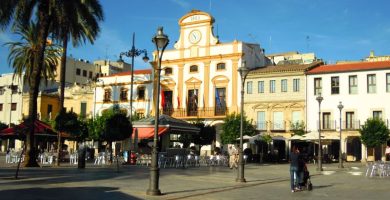
Mérida City Hall
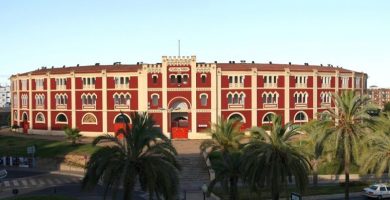
Bullring of Mérida
